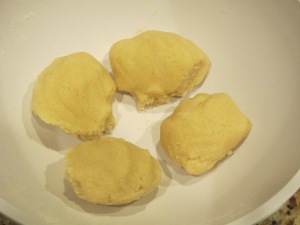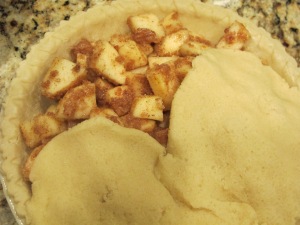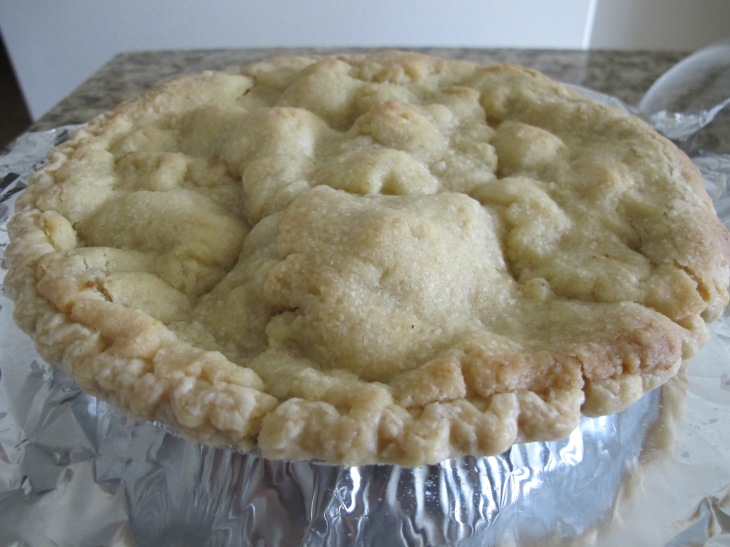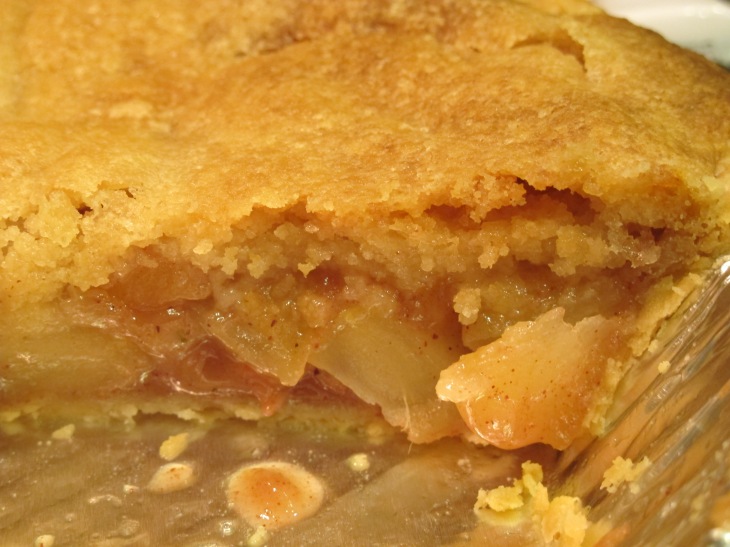Better Farm
is in the process of outlining a grant that would provide the sustainability campus with start-up funding from SARE to create a network of farms providing a delivery CSA to residents living in the region, and is looking for local farms interested in participating in the proposed programming.
The Northeast Chapter of the
Sustainable Agriculture Research and Education Pr
ogram
(SARE) is offering partnership grants to agricultural agencies, organizations, businesses, or local governments working directly with farmers to address issues that affect the farm community. Farmers must be partners in the planning process and the proposal. SARE funds production, marketing, on-farm demonstrations, and community development efforts that address key themes in sustainable agriculture. Sustainable agriculture is understood to be agriculture that is profitable, environmentally sound, provides a good quality of life for farmers, and is beneficial to the community.
To that end, Better Farm is seeking local farms to partner with for the following proposal:
Better Farm plans to increase access to fresh, locally produced foods for community residents in and
around Redwood, N.Y., while strengthening farmer-consumer relationships and supporting local agriculture by creating a delivery CSA service to people living locally. Community-Supported Agriculture programs provide weekly stipends of fresh food to a community; Better Farm enhances this programming by bringing fresh fruits, vegetables, jams, syrup, meats, cheeses, eggs, and milk from a variety of local farms directly to neighbors' doors. Better Farm would act as liaison between individuals, families, and farmers; creating the network of farmers necessary to provide people with a diverse assortment of weekly groceries for a low rate. Redwood is a small community of 500 people with limited access to food. Shopping at a grocery store in Alexandria Bay is a 20-mile round trip; Watertown a 50-mile round trip. Funding would allow Better Farm to coordinate with local farms and families, create inventory lists and price sheets, convert a diesel truck to run off refined vegetable oil thereby eliminating gas costs, and put the program into its first year of production. With EBT cards now accepted at farmers' markets and farm stands, this programming encourages even those with the lowest incomes to purchase local food at a premium rate.
How It Works
This is a buy-in program. In its first phase, Better Farm partners with local farmers interested in selling their goods at a bulk rate to individuals and families living locally.
<!-- @page { margin: 0.79in } P { margin-bottom: 0.08in }
Those farms provide Better Farm with available products and bulk rates, along with seasonal information. Then, Better Farm will disseminate information via radio, print, online, and mailers to homes in the community alerting them to this available program. Signing people up will involve educational workshops, greeting people at their homes, calling campaigns, and public seminars. Individual and family seasonal rates will be available, as well as tiers:
Vegetarian (with or without packaged goods, checking all that apply: maple syrup, jams/jellies, lotions/salves, fibers/yarns, dairy products, eggs)
Omnivorous (with or without packaged goods, checking all that apply: maple syrup, jams/jellies, lotions/salves, fibers/yarns, dairy products, eggs)
Rates will include fees to cover all-inclusive delivery fee (driver rate, basic maintenance of delivery vehicle, fees due to participating farms, and overhead costs for future marketing efforts) and will be payable via EBT card, check, credit card, or through monthly or weekly installments.
Interested participants will be given a survey at the beginning of each season to go over their expectations, what products they would be interested in purchasing, and their budgets. A similar survey will be distributed at the end of each season to gauge customer satisfaction with products received, chances of having return customers, and suggestions for improvements.
What
It Does
<!-- @page { margin: 0.79in } P { margin-bottom: 0.08in }
-->
Better CSA solves the problem of a
food desert
in several ways. One, it creates a network of local farmers offering a variety of goods at competitive rates. Two, it creates a network of buyers that can then purchase food at a bulk rate. Three, it uses a “green” vehicle (a diesel pickup truck converted to run on spent vegetable oil) to deliver the food to people's doorsteps, reducing their fuel costs and amount of time spent grocery shopping.
This project enhances sustainability in the following ways:
Reducing pollution from vehicles going to and from several supermarkets to get groceries
Reducing pollution associated with the import-export of produce, meat, dairy products, and eggs
Shifting demand from large-scale agricultural practices to more sustainable, family operations
Encouraging local farmers to employ sustainable, organic practices
Encouraging consumers to eat more nutritious food that sustains healthy lifestyles in the long-term
Educating children (and adults!) in the community to make healthier food choices and to enjoy a larger diversity of products in their diets
Farmers interested in partnering with Better Farm on this project should email
nicole.caldwell@betterfarm.org
.























































